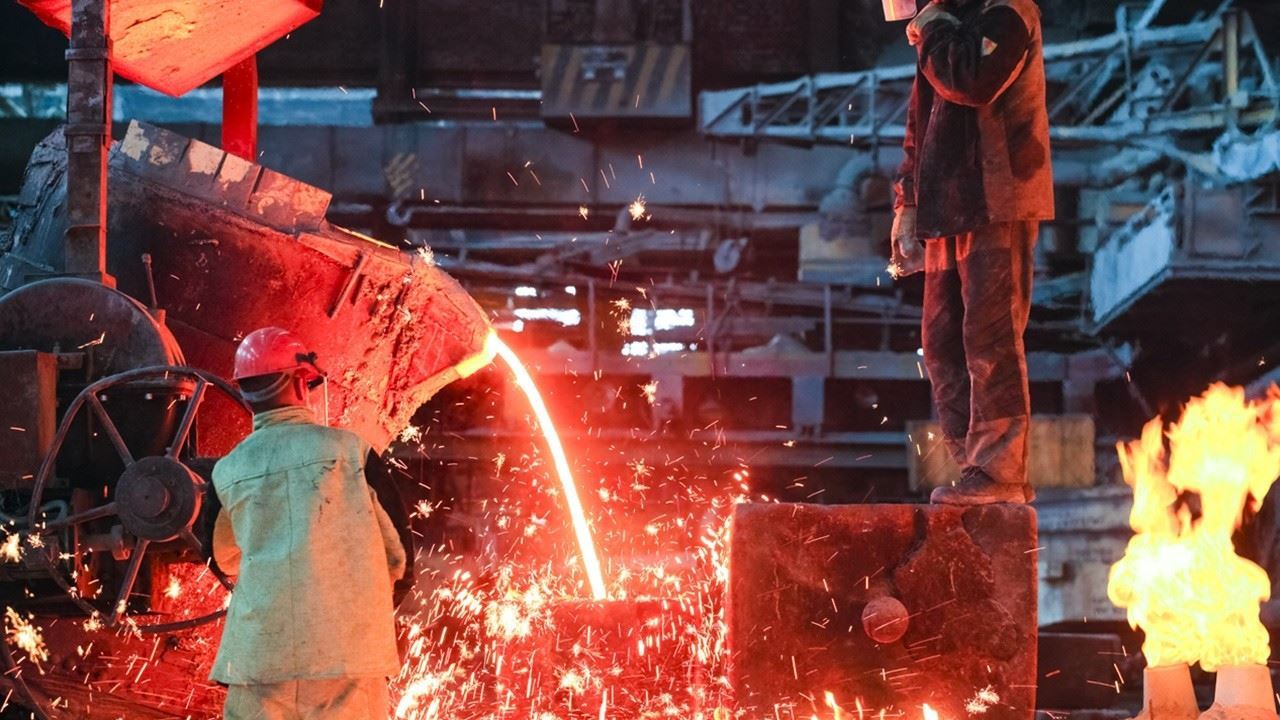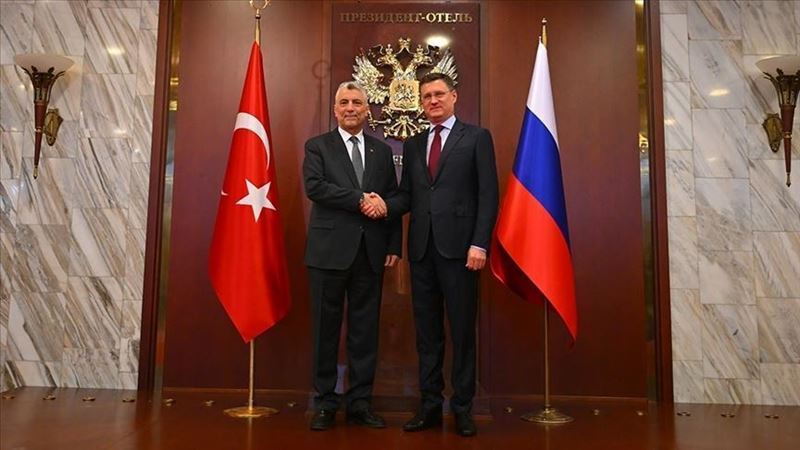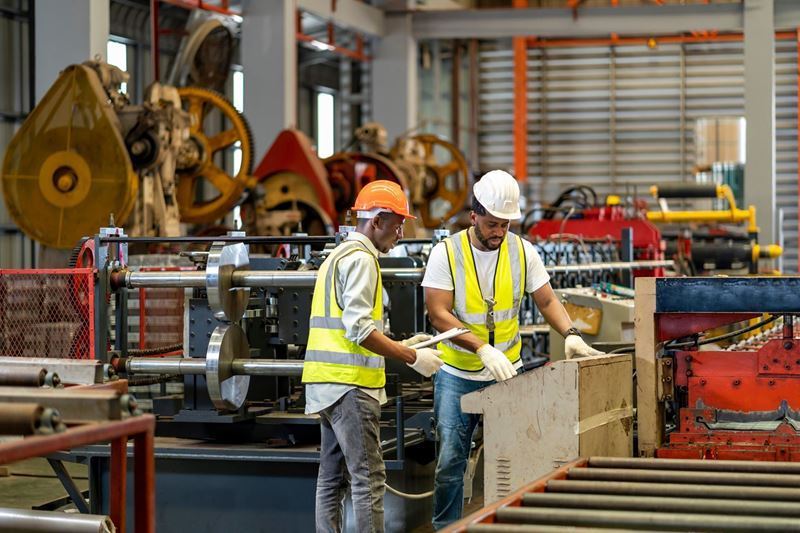The prices of most industrial metals have moved bipolar this year. While the expectation that the economic slowdown worries will pull down demand put prices under pressure, stocks that weakened compared to previous periods gave an upward momentum to prices. Industrial metals such as copper, aluminum and nickel weakened in the second half of the year despite low production. In 2023, on the other hand, it is expected that prices will follow a more horizontal chart by listening to the developments on the supply side.
Average price expectation for copper is $7,588
After falling sharply in 2022, analysts and traders expect copper prices to trend more flat next year as increased supply offsets the decline in inventories. Copper prices have fallen by almost a fifth since the start of the year amid rising interest rates, a potential global recession and strict COVID restrictions in China, the largest metals consumer. The price of three-month copper on the London Metal Exchange (LME) is between $7,900- $8,000. Prices on the Comex are around $3.60 per pound. Prices are about 19 percent lower than the New Year's. Cash copper contract in LME is expected to average $7,588 per ton in 2023, according to a survey by Reuters. Robin Bhar, one of the 27 analysts surveyed, said:
Average expectation for energy-intensive aluminum is $2,413
A weak global economy has suppressed demand for aluminum in the automobile, packaging and construction industries, while supplies of energy-intensive metals have been constrained by high energy prices, causing some smelters to close. The price of aluminum at the LME hit a record high in March, but has since dropped 45 percent. The LME cash aluminum price is expected to rise at least 9 percent from the current price, with an average of $2,413 per ton in 2023. Analysts have almost doubled their forecasts for the aluminum market surplus next year to 297 thousand tons, compared to the estimated 150,000 tons in July.
Nickel is the last choice among industrial metals
Analysts expect increased production of lower nickel-content pig iron in Indonesia to replace refined nickel, suppressing prices in the coming year. "It is our last choice among base metals due to increased production in Indonesia and less demand in European markets," said Soni Kumari of ANZ. Nickel is still the best-performing and the only LME metal in positive territory this year, even though it fell far below a record high in March. Analysts expect cash nickel prices for LMEs, which are currently over $23,000, to average $20,250 per tonne next year, down about 7 percent from current levels. Analysts expect the global nickel market to have a surplus of 139,000 tons next year, in other words, doubling the 50,500-ton surplus forecast in July.









Comments
No comment yet.